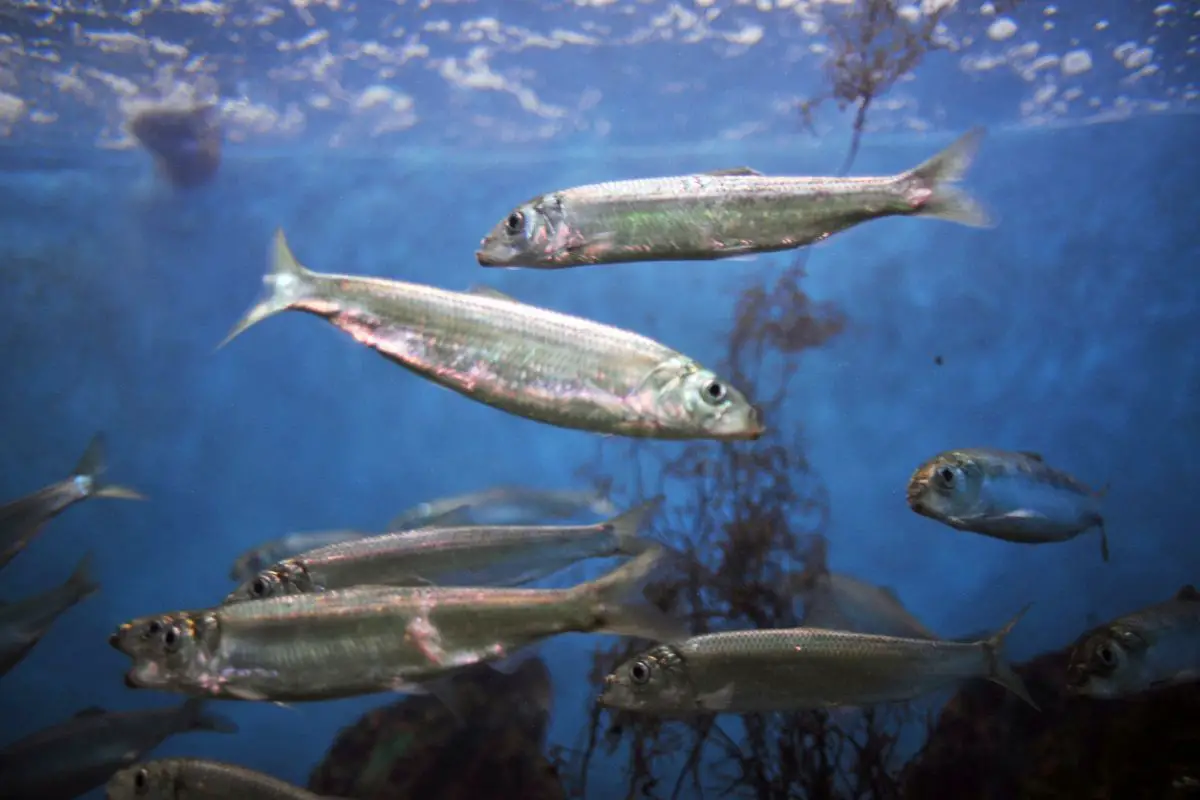
Herring are one of the most important fish in human history. These little oily fish helped develop fisheries and sustained people for centuries. In this article, we’ll look at some other fish that are like herring, and how you can tell them apart.
1. Sardines are just little, oily fish.
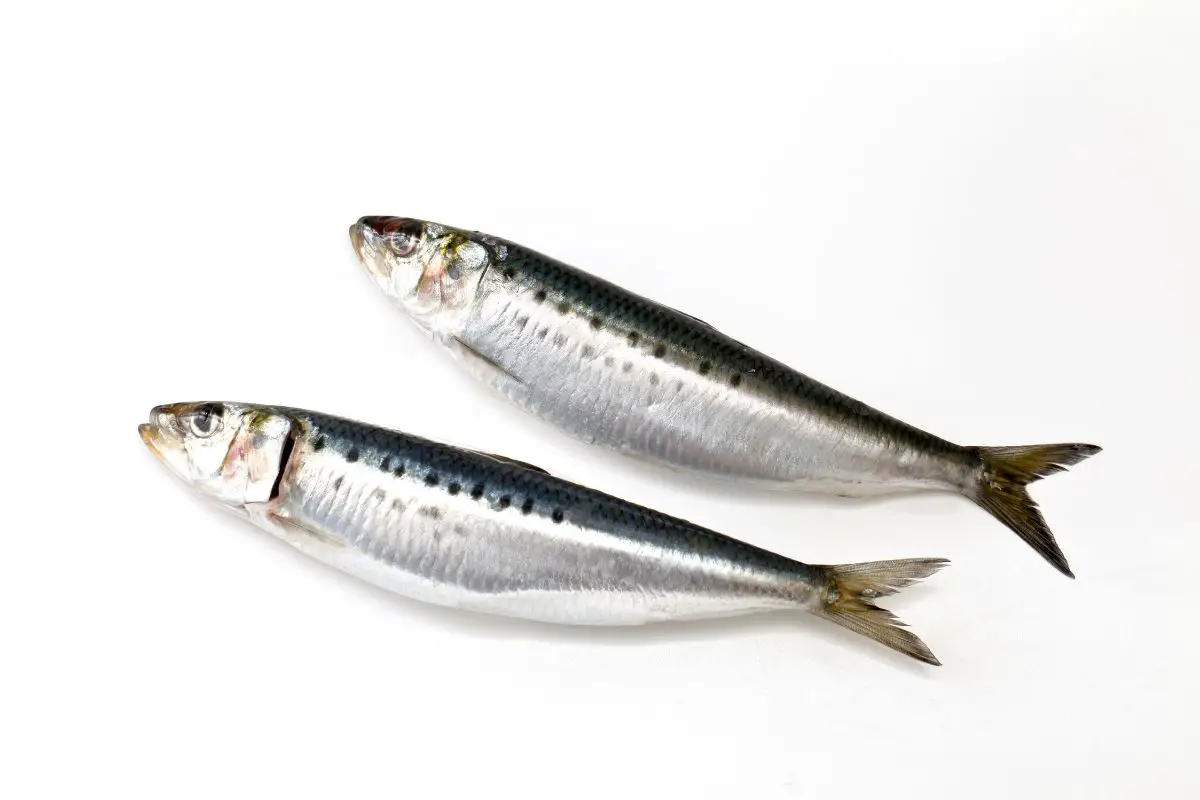
“Sardine” is a term that can refer to more than 21 different species belonging to the same family, Clupidae. Originally named after the Italian island of Sardinia, where they used to be abundant, sardine is a term that refers to small fish. The terms “sardine” and “pilchard” are both imprecise, and can mean different things.
The UK Sea Fish Industry Authority classifies sardines as smaller, younger pilchards. By this logic, any fish from the family Clupidae is a sardine when it is under 6 inches, but becomes a pilchard when it grows longer than that. Sardines are used primarily for human consumption.
Sardines are famously used in Sicilian tomato sauces, and both sardines and anchovies are added as pizza toppings. Sardines, like herring and anchovies, can be pickled, smoked, or salted to preserve them. Herring can grow up to 1.5 ft, but when they are less than 6 inches long, they can also be considered sardines.
The term sardines only means “small fish”, and doesn’t refer to a single species. Herring can be sardines, but that doesn’t mean they are the only sardines. This term can also refer to more than 20 other species – as long as they are “small fish” of less than 6 inches.
2. Shad are herring that love to return to rivers to spawn.

The Shad gets its name from the Old English sceadd, meaning herring. These fish, Alosa sapidissima, are anadromous, spending most of their time in saltwater but returning to streams and rivers to spawn. Unlike salmon and some other species, they are iteroparous, meaning they survive the spawning process and can go through several reproductive cycles, moving between the ocean and rivers.
These “river herring” have a lot in common with their ocean cousins. They are phytoplankton filter feeders, like herring, although they also eat small shrimp and fish eggs. American Shad are most active in the summer.
In the winter, they are hard to find because they dive to incredible depths offshore to prepare for the spawning season. Shad are members of the herring family, and share their size and diet with oceanic herring. They are different because they return to rivers and streams to spawn.
3. Menhadens are not tasty, but they are important.
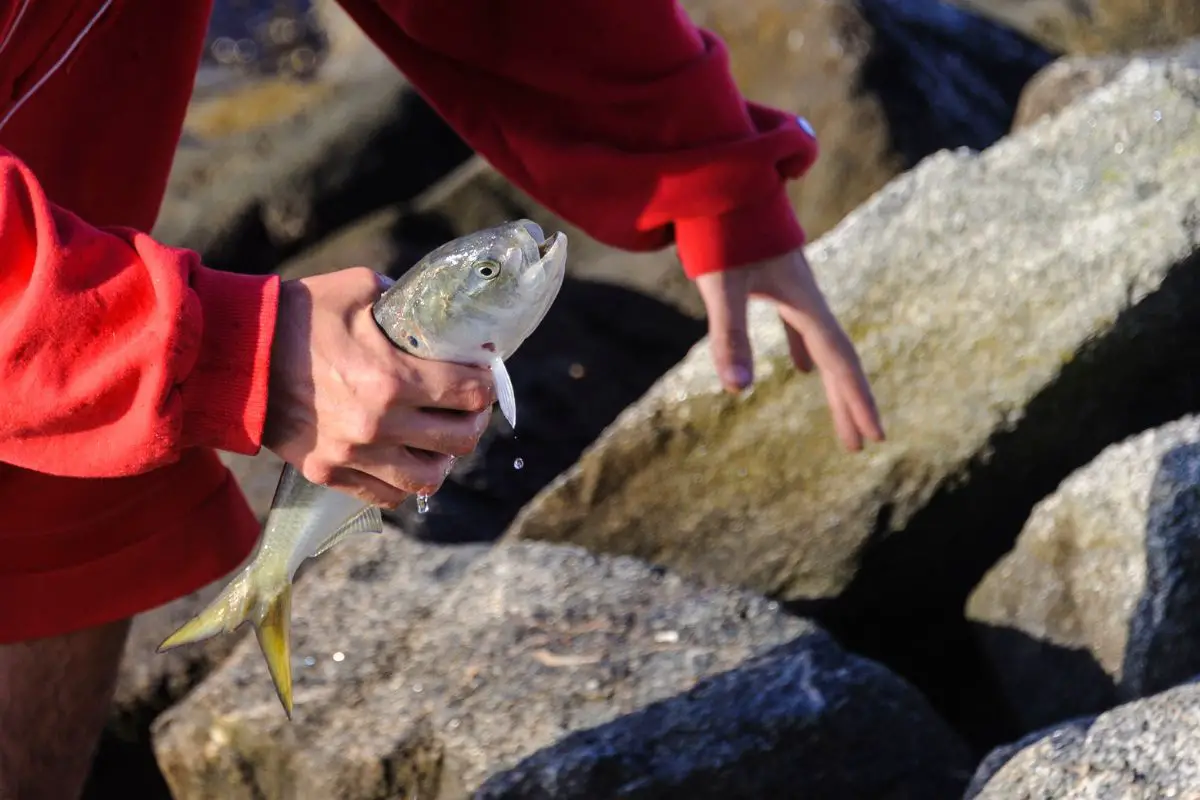
Menhaden have been called “the most important fish in the sea” – and we don’t even eat them. These small, oily fish are shorter and stockier than herring are. They form massive, slow-moving schools in the ocean that devour both phytoplankton and zooplankton.
Menhadens start out their life cycles by eating exclusively phytoplankton. After about a year, they graduate to almost entirely zooplankton. Menhaden have an important ecological role to play.
They help to balance the phytoplankton and zooplankton in the water to reduce the chance of an algal bloom, and they provide an important source of food for larger predators in the food chain, connecting the smallest organisms to the largest. Unlike herring, Menhadens are not the tastiest fish and haven’t become a part of the human diet. However, we do use them for oil and as fertilizer, in critically important ways.
When settlers first arrived in North America, they were advised to bury Menhadens with their crops. The decomposing nutrients from these fish helped agriculture thrive. Menhadens were also critical in replacing whale oil when the whaling industry was abolished.
Today, Menhadens are fished for their oil, which goes into animal feed and Omega 3 dietary supplements. Menhadens don’t look like herring, or taste like them, even though they both belong to the family Clupidae. Herring are longer and thinner fish, which have much faster-moving schools.
4. Pilchards are the “true” sardines.
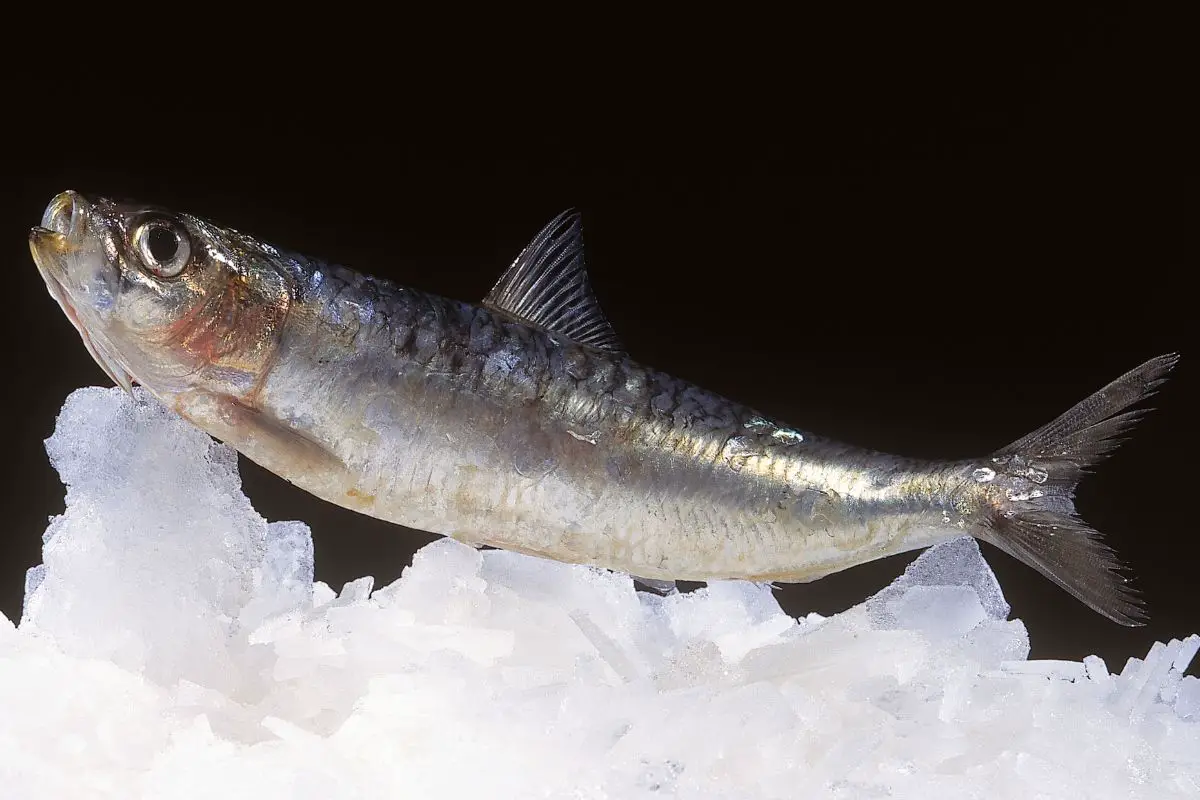
The European Pilchard, also called the “true Sardine”, lives in the Northern Atlantic ocean around Europe, in the Mediterranean, and in the Black Sea. When this species is small, along with other species, they can be called sardines. When they are longer than 6 inches, they are called pilchards.
Pilchards live at depths of 30 to 300 feet, and form large schools. The tops of their bodies are green, their sides are gold, and their undersides are silvery white. Schools of pilchards migrate as far as 50 miles offshore, and spend their days at lower depths, only rising to approach the surface at night when there is a reduced threat of predatory seabirds.
Pilchards are nocturnal feeders, eating phytoplankton and zooplankton that live in the pelagic zone. Pilchards are similar to herring in size, and form fast moving schools that cooperate to eat zooplankton. Pilchards, like herring, are enjoyed as food and are commonly smoked, salted, or canned in oil.
Like herring, they are very popular. More than a million tonnes of European pilchard are fished every year. Although both “pilchard” and “herring” are ambiguous terms that can refer to many members of the family Clupidae, in this case there are differences between the species Sardina pilchardus (European pilchard) and Clupea harengus (The Atlantic herring).
Atlantic herring are one of the most common fish in the world and are found on both sides of the Atlantic. The European pilchard lives only in the waters surrounding Europe, the Mediterranean, and the Black Sea.
5. Salmon look like big herring.
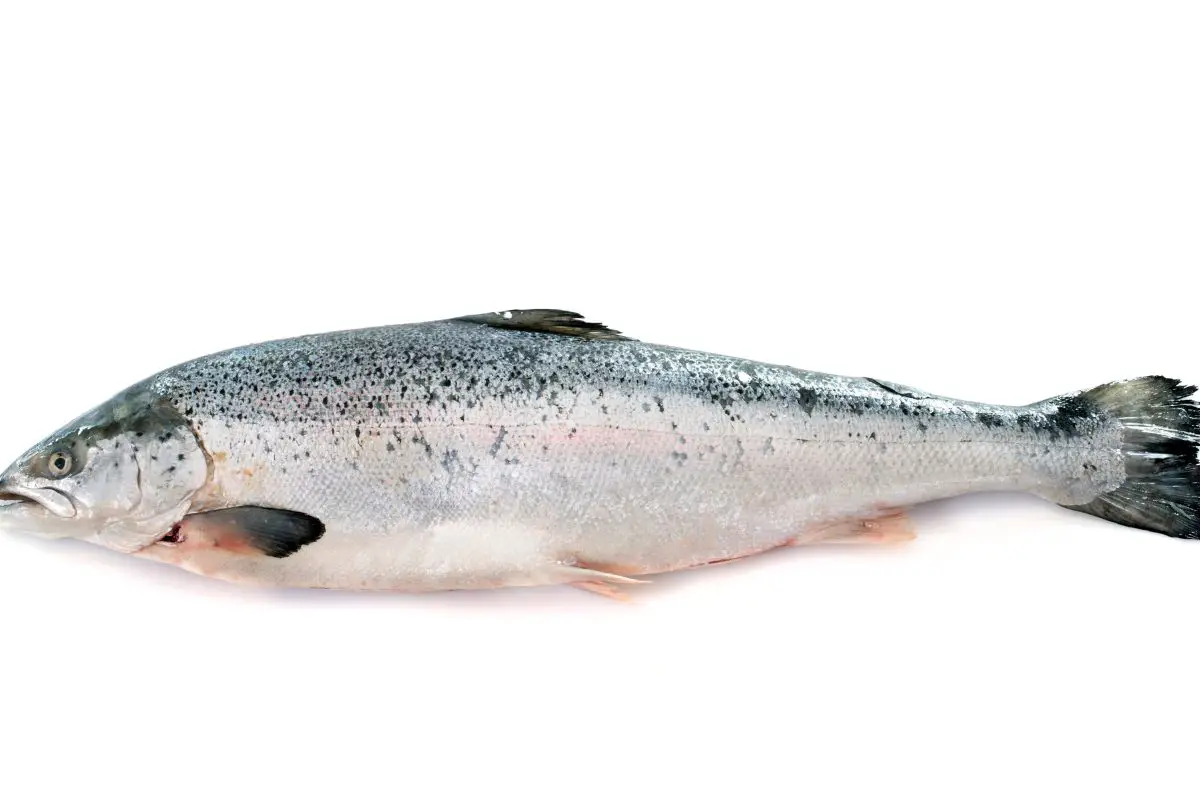
Salmon are one of the most beloved fish for eating, and like herring, salmon has become a major part of cultures around the world. Salmon are anadromous, and live in the ocean but return to rivers and streams to spawn. Folklore says that salmon return to the exact place they were born to spawn, and some data bears this out.
Unlike the shad, which goes back and forth between rivers and the ocean, salmon quickly die after spawning. These massive die-offs are an ecological event, as the salmon are eaten by animals that rely on the feast each year. Salmon are not like herring in most ways.
Salmon are carnivorous and eat other fish, while herring eat phytoplankton, zooplankton, small crustaceans and some tiny fish. Salmon also grow to be larger than herring, and have heavier bodies than narrow herring. Small salmon and herring look very much alike.
Their bodies are similar, and have silvery white scales with brown spots. Juvenile salmon are easily mistaken for herring and vice versa. An easy way to tell the difference is that salmon have yellow pectoral fins.
Herring have silver pectoral fins, like the rest of their bodies.
6. Anchovies are delicious on pizza, and are found almost everywhere in massive schools.
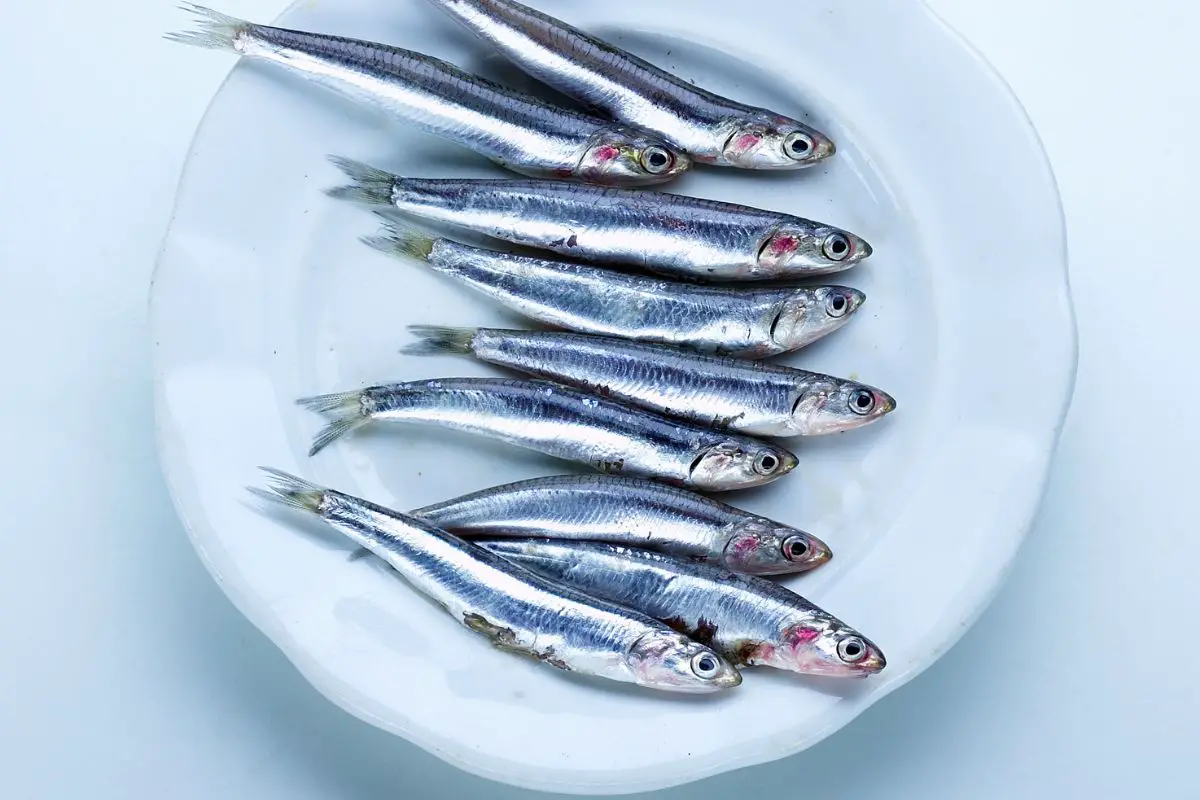
Anchovies are small, oily fish similar to herring that are found in most of the world’s oceans. They are smaller than herring, growing to only about 15 inches at most. They are green in color, with blue reflections due to a silver longitudinal stripe.
They are filter feeders, with a diet composed exclusively of phytoplankton and zooplankton. They form large schools, and like temperate waters. It is rare to find anchovies in cold water, or in tropical areas.
Anchovies live in the oceans, except for in South America where there are freshwater species. Anchovies are similar to herring because they are very small, very oily fish. They are consumed the same way people consume herring and sardines – with many variations of anchovy smoked, salted, pickled, and preserved in oil.
Anchovies are a pizza topping, and are used in other forms of cooking. Herring grow larger than anchovies, and live further offshore with greater migration patterns. Anchovies are smaller and school closer to shore, where they prefer muddy brackish water and estuaries.
7. Sprats are knockoff herring that only eat zooplankton.
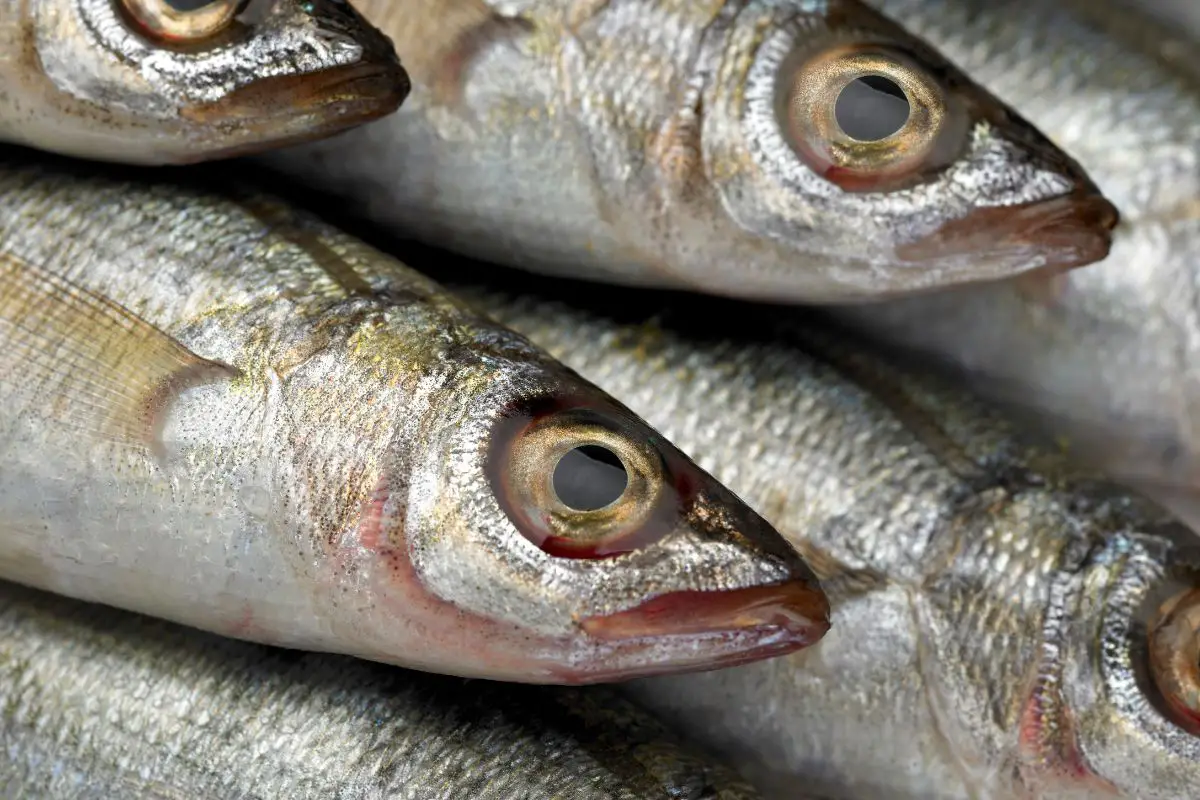
“Sprat” is another imprecise term that tends to rope in multiple species of small, oily fish. The “true sprats” belong to the genus Sprattus in the family Clupeidae, including the New Zealand sprat, the New Zealand blueback sprat, the Falkland Sprat, the Australian Sprat, and the European Sprat. All of these small fish grow to sizes of less than a foot long, are very oily, and form schools that are very fast and active.
Sprats have a much higher metabolic rate than Atlantic herring. Some believe this is because sprats are so active throughout the day. Herring eat both phytoplankton and zooplankton, but sprats only eat zooplankton during every stage of their life.
Sprats have often been used as replacements for sardines or herring when they are not available, since they taste like small sardines and can be used interchangeably. Sprats are still sold in Europe, where they are smoked or pickled.
8. Lile is the least known of the herring family.
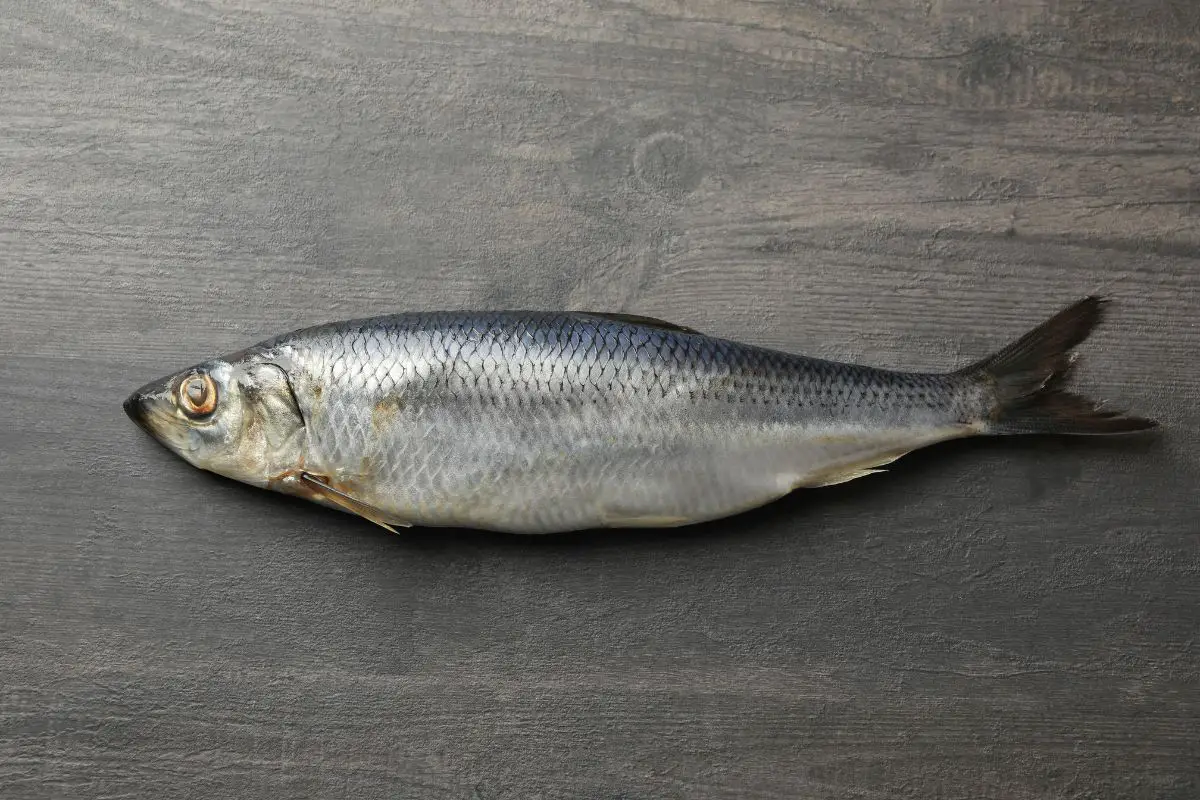
Lile, also called piquitinga, is a genus of the herring family Clupeidae. There are currently four species, and all are endemic to the Americas. These small and oily fish are much like their herring cousins.
Some species are near coastal and live in estuaries, while others are freshwater species. is members of the herring family, and eat phytoplankton and zooplankton. They are usually smaller than herring, and there are no commercial fisheries associated with them.
9. Tarpons look like herring… until they grow up.
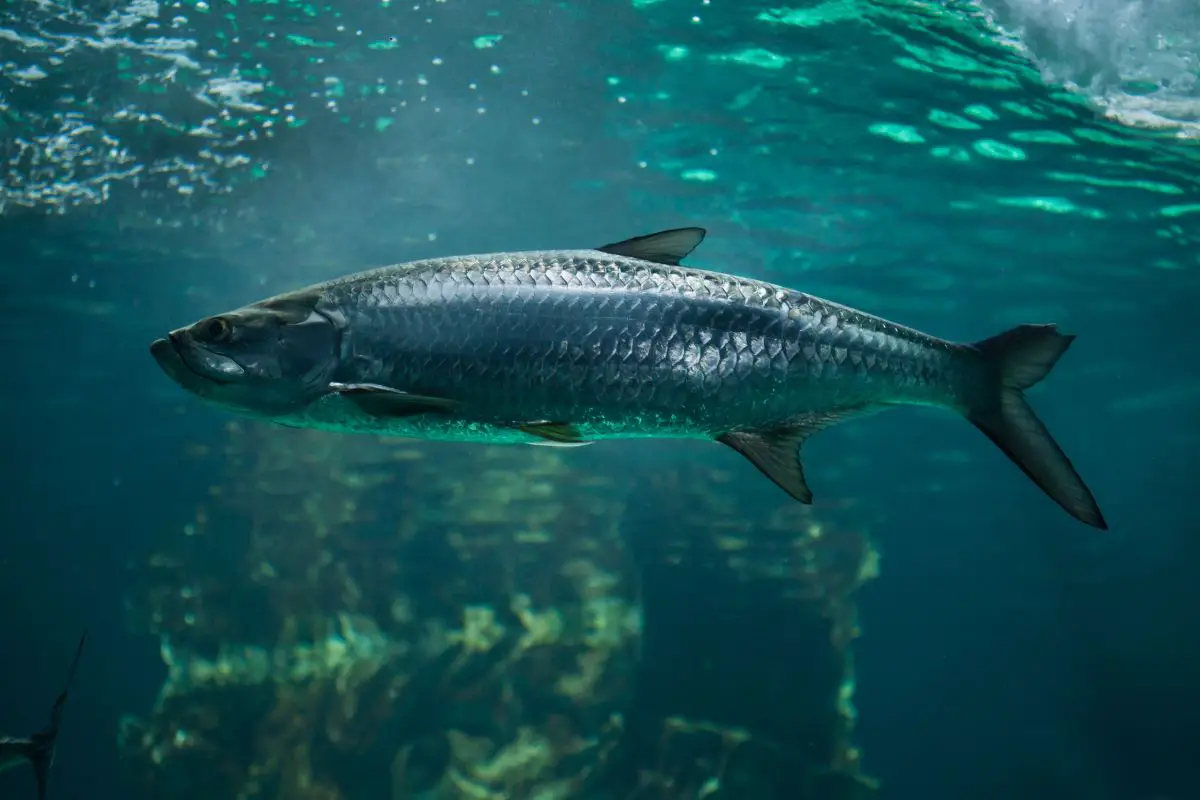
Tarpon are common fish that are often confused with herring, particularly during the juvenile portion of their lifecycle when they are eating zooplankton and small crustaceans. Eventually, they grow much too large to be mistaken for herring. Adult tarpon can be as long as 8 ft!
Tarpons in their juvenile stages look like herring and inhabit similar near-coastal environments. As they grow, the resemblance becomes less obvious. Tarpons are not related to herring, and in their adult form they are formidable predators.
Unlike herring, tarpons are not sought after as food. Fishermen love to pursue them because they put up a huge fight and leap out of the water, but their flesh isn’t very tasty and their bodies are very bony, so they are usually thrown back.
10. Milkfish are herring lookalikes in tropical waters.
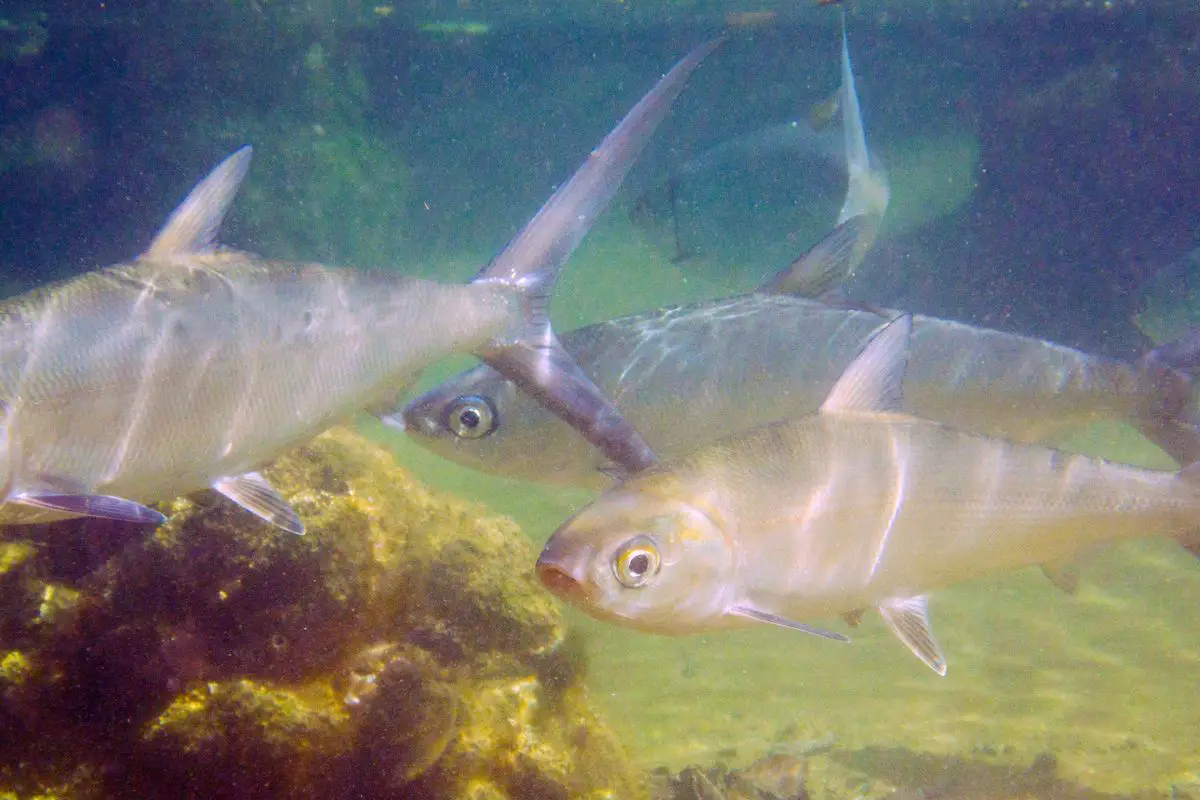
Milkfish look like large herring, but they are unrelated to the Clupeidae family. Milkfish are found in tropical regions, where they school together in large masses around coral reefs. They prefer offshore tropical waters, and continental shelves of 10 ft to 100 ft.
They are also capable of entering rivers and estuaries where saltwater and freshwater mix. Milkfish look like large herring. Their bodies are olive green with silvery white undersides, and the head is small compared to the long body.
Milkfish eat algae and small crustaceans and invertebrates. They are larger than herring. Although milkfish are infamously full of bones, they are popular and a commercial fishery exists to provide de-boned milkfish to the public, especially in Asia.
Is Herring a Good Fish to Eat?
Herring are very good for your health, and are recommended by most doctors. They are high in healthy omega 3 fatty acids, low in mercury, and high in protein. Smoked or salted herring can be less healthy than fresh fish, but overall, herring is safe, healthy, and delicious to eat.
Is Herring the Same as Sardines?
Sardine technically just means “small fish,” and “herring” can refer to any of a dozen of the species in the family Clupeidae. Technically speaking, there is a species of Atlantic Herring, and a species of European pilchard that can be called the “true sardine”, but when people talk about herring or sardines colloquially, they could mean anything from pilchards to anchovies. In practice, most of the small and oily fish in the herring family are similar, especially after they have been prepared by being smoked, salted, pickled, or preserved in oil.
Which is Healthier Sardines or Herring?
Sardines and herring are both high in protein and healthy fats. Both have a lot of vitamin D and zinc. Sardines have almost 4 times more calcium than herring, which is significant.
However, the most important factor isn’t the species of fish, but how it is prepared. Smoking or salting herring or sardines can make them less healthy overall, with higher sodium.
Sources:



